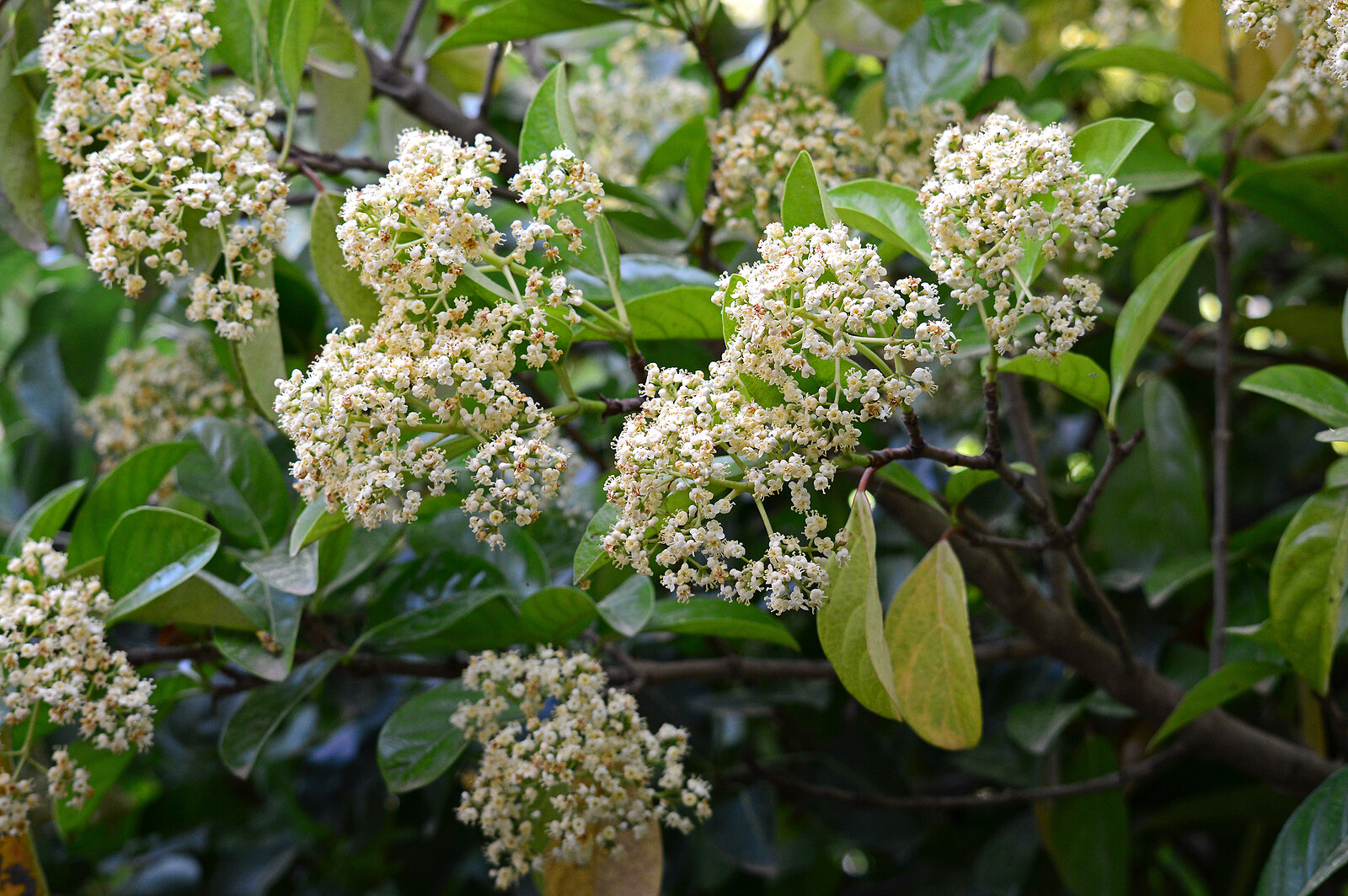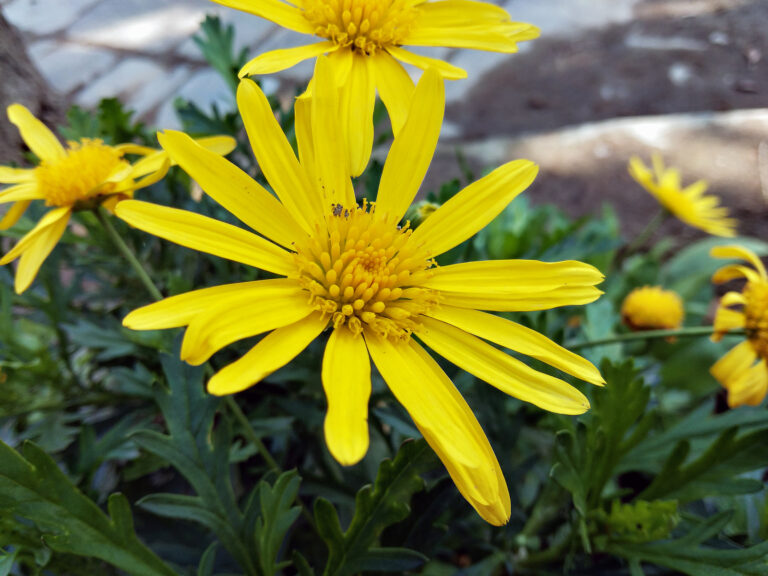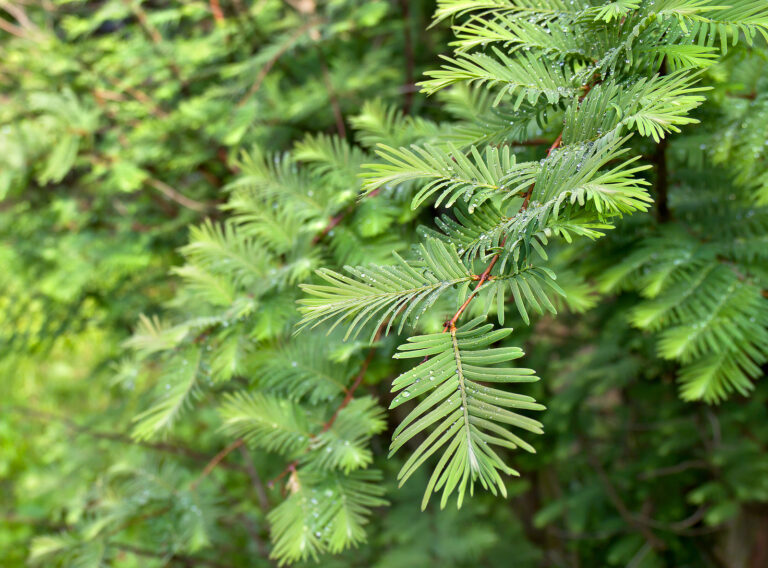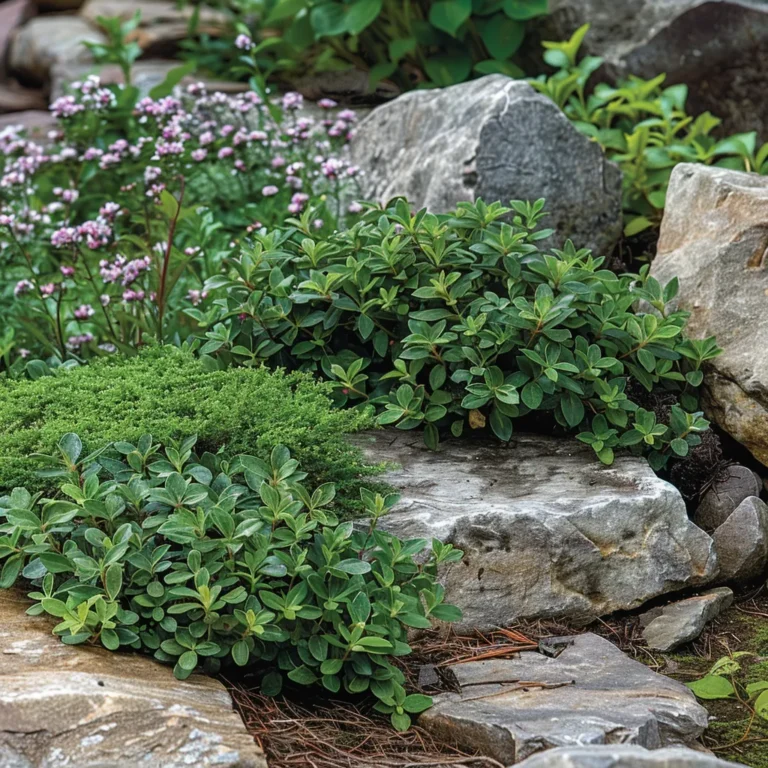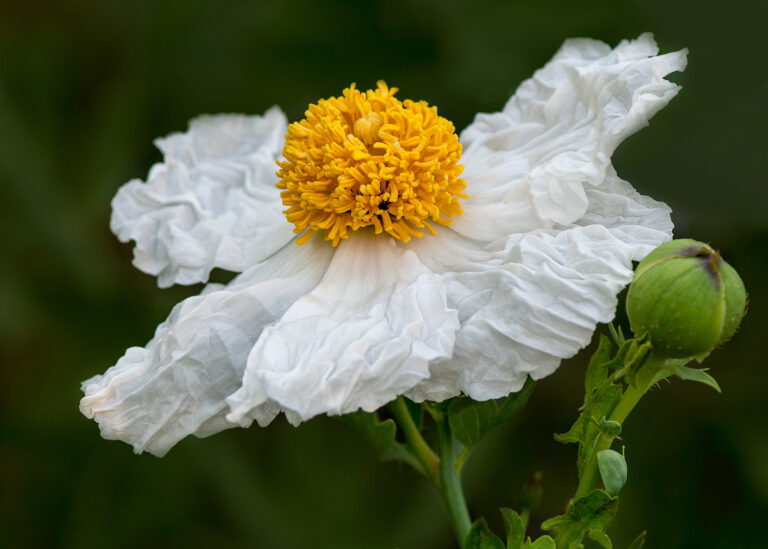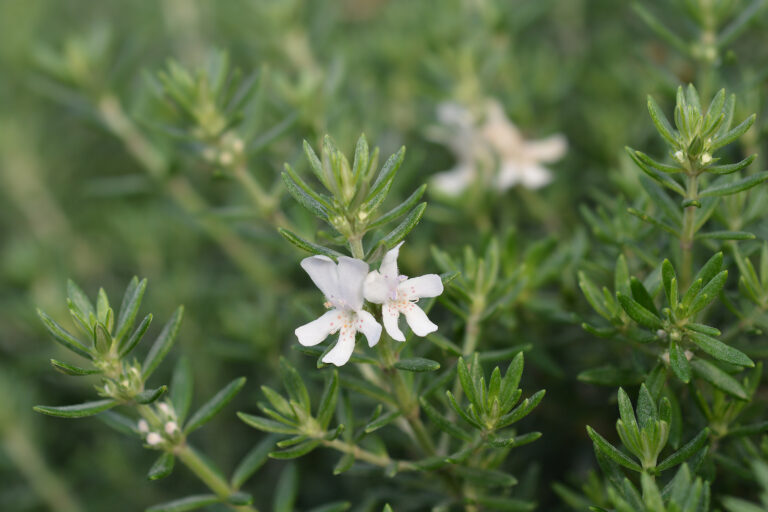How to Grow Viburnum
Viburnums are a group of about 150 species of evergreen, semi-evergreen, and deciduous shrubs. They are grown for their foliage, flowers, and fruit. Flowers are fragrant, white or cream, pink-flushed, or wholly pink; most are borne in terminal clusters that can be spherical, domed, or flat-headed.
Viburnums seldom exceed 15 feet (4.5m) tall; there are several varieties smaller and suited for borders, hedges, and planting as specimens. Leaves vary from species to species but all are opposite and toothed between 2 and 7 inches (5-10cm) long. Some species produced brilliantly colored autumn foliage. All bear fleshy fruits from late summer into winter in red, orange, yellow, blue, or black.
Most viburnums are easy to grow and are not particularly fussy about soil. Most benefit from afternoon dappled shade when grown in hot summer regions.
Get to Know Viburnum
- Plant type: Deciduous and evergreen shrubs and small trees
- Growing Zones and range: Zones 2 to 9
- Hardiness: Hardy; many varieties are adaptable to a wide range of climates
- Height and width: 3 to12 feet (.9–2.7m) tall and wide depending on the variety
- Foliage: Mostly lance-shaped to rounded leaves, many are toothed, arranged in opposite pairs, 2 to 7 inches (5-18cm) long.
- Flowers: Salverform to tubular or tubular trumpet-shaped borne in clusters followed by single-seeded fruit
- Bloom time: Mid-spring to summer; black berries follow the flowers; a few varieties have winter flowers
- Uses: Specimen, shrub borders, screens, or hedges
- Common name: Viburnum
- Botanical name: Viburnum spp.
- Family: Caprioliaceae
- Origin: Northern temperate zones, a few from Southeast Asia and South America
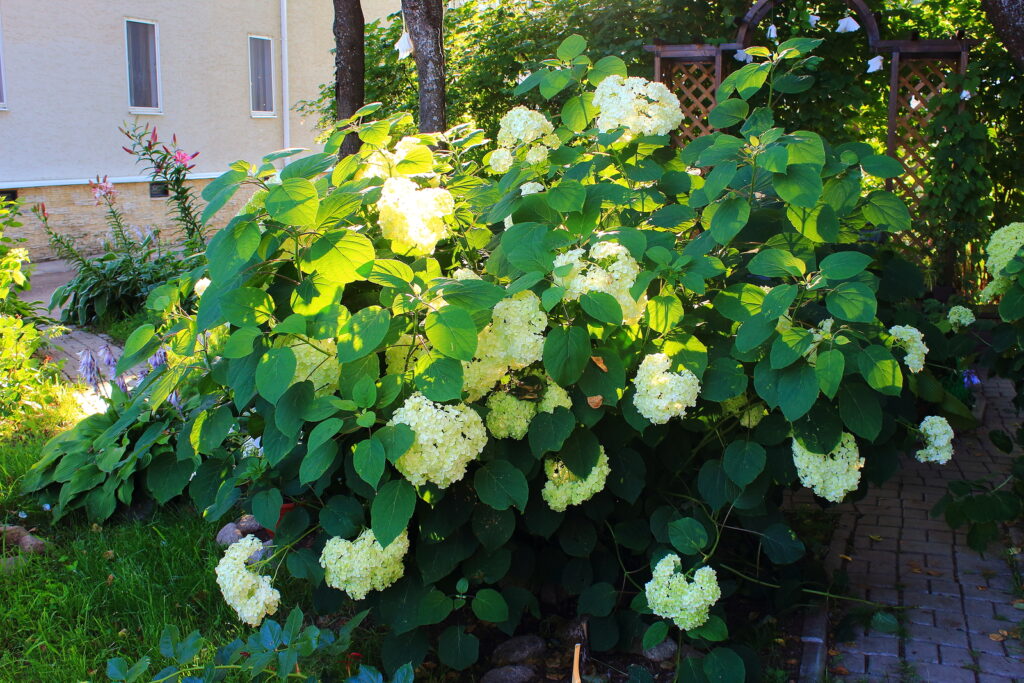
Where to Plant Viburnum
- Plant viburnum in full sun, especially in Zones 3 to 5. Plant in light shade in hot-summer regions, Zones 6 to 9. Evergreen species are more shade tolerant.
- Grow viburnum in humus-rich, well-drained soil.
- In hot summer regions, plant viburnum where it gets dappled shade in the afternoon.
- Viburnum prefers slightly acid soil.
When to Plant Viburnum
- Set established viburnum in the garden in spring or fall. Add aged compost to the planting hole.
Planting and Spacing Viburnum
- Space viburnum 3 to 12 feet (.9-2.7m) apart depending on variety.
How to Water and Feed Viburnum
- Viburnum needs moderate moisture. Some varieties will tolerate wet conditions or are drought tolerant
- Aged compost will feed viburnum; no additional fertilizer is needed.
Viburnum Care
- Mulch around viburnum to conserve soil moisture.
- Viburnums need minimal pruning; prunt to prevent legginess.
- To rejuvenate specimen plants, cut and old central branches in early spring to allow regeneration to take place from the center of the plant.
- Evergreen varieties can be sheared if grown as a hedge.
Viburnum Common Problems
- Avoid overfeeding viburnums; too much fertilizer will result in succulent growth which will attract aphids.
- Clean up dropped leaves that can harbor mildew spores in winter.
- Pest and disease problems vary by species. Aphids, thrips, spider mites, scale, and root weevils can attack viburnums
- Nematodes can be a problem in warm-winter regions.
Viburnum Propagation
- Propagate evergreen species from semi-ripe cutting in early to mid-autumn.
- Propagate deciduous species from softwood cuttings in early to midsummer.
- Layer viburnums in fall.
- Berries can be sown in a cold frame in autumn or spring after a cold period in the refrigerator.
Viburnum Varieties to Grow
Dozens of species and hundreds of cultivars are available. Some are fragrant; some have showy berries; some have fall color.
- Viburnum acerifolium, mapleleaf viburnum: Shrub has maple-like leaves that turn orange, red, and purple in autumn.
- V. x burkwoodii: Deciduous, open, rounded shrub with fragrant white flowers in terminal clusters; red fruit follows; grows 6 to 12 feet tall and 4 to 8 feet wide.
- V. carlcephalum, fragrant snowfall: Deciduous shrub grows 6 to 10 feet tall and wide; long-lasting, waxy white, fragrant flowers in dense clusters.
- V. carlesii: Korean spice viburnum: Dense, bushy deciduous shrub with pink-flushed white flowers in terminal clusters; grows 4 to 8 feet tall.
- V. davidii: Dome-shaped compact evergreen shrub with white flowers in flattened cymes.
- V. dentatum, arrowwood viburnum: deciduous shrub grows 6 to 10 feet tall and wide; cream-colored flowers.
- V. dilatatum, linden viburnum: Deciduous shrub grows 8 to 10 feet tall; small, creamy white flowers in clusters.
- V. farreri: Deciduous shrub grows 8 to 12 feet tall and wide; heavily veined leaves; fragrant white or pink flowers.
- V. japonicum: Evergreen grows 10 to 20 feet tall; can be trained as a small tree; sparse fragrant white flowers.
- V. lantana, wayfaring tree: Deciduous multi-stemmed shrub grows 10 to 20 feet tall; clusters of creamy white flowers.
- V. macrocephalum, Chinese snowball: Rounded evergreen shrub bears white flowers in dense terminal clusters; grows 12 to 20 feet tall.
- V. odoratissimum, sweet viburnum: Bushy evergreen produces broad panicles of white flowers; grows 10 to 20 feet tall and becomes treelike with age; clusters of white, lightly fragrant flowers.
- V. opulus, European cranberry bush: Vigorous, deciduous bush, bears white flat, lace-cap flowers; grows 8 to 15 feet tall and wide with arching branches.
- V. plicatum, Japanese snowball bush: Spreading deciduous shrub; bears saucer-shaped white flowers; grows 8 to 15 feet tall.
- V. plicatum tomentosum, doublelife viburnum: Resemble Japanese snowball (above); bears lace cap flowers; several cultivars including ‘Cascade’ to 10 feet tall, ‘Mariesii’ to 10 feet tall, ‘Pink Beauty’ with pink flowers to 10 feet tall, ‘Shasta’ with a horizontal habit, ‘Shoshoni’ to 5 feet tall, ‘Summer Snowflake’ to 8 feet tall.
- V. rhytidophyllum, leatherleaf viburnum: Narrow, upright growth 6 to 15 feet tall, yellowish-white flowers; tolerates deep shade.
- V. rigidum, Canary Island viburnum: Evergreen shrub grows 6 to 10 feet tall with large clusters.
- V. sargentii: Upright, rounded shrubs grows 12 to 15 feet tall and wide; white to cream flower clusters.
- V. setigerum, tea viburnum: Deciduous shrub grows 8 to 12 feet tall, multistemmed, dark green or blue-green leaves, white flowers.
- V. suspensum, Sandankwa viburnum: Evergreen shrub grows 8 to 10 feet tall; white flowers in loose clusters.
- V. tinus, Laurustinus: Evergreen shrub grows 6 to 12 feet tall; tight clusters of pink buds open to white, fragrant flowers; cultivars include ‘Lucidum’, ‘Robustum’, ‘Spring Bouquet’.
- V. trilobum, cranberry bush: Grows 10 to 15 feet tall; white lace-cap flowers.

